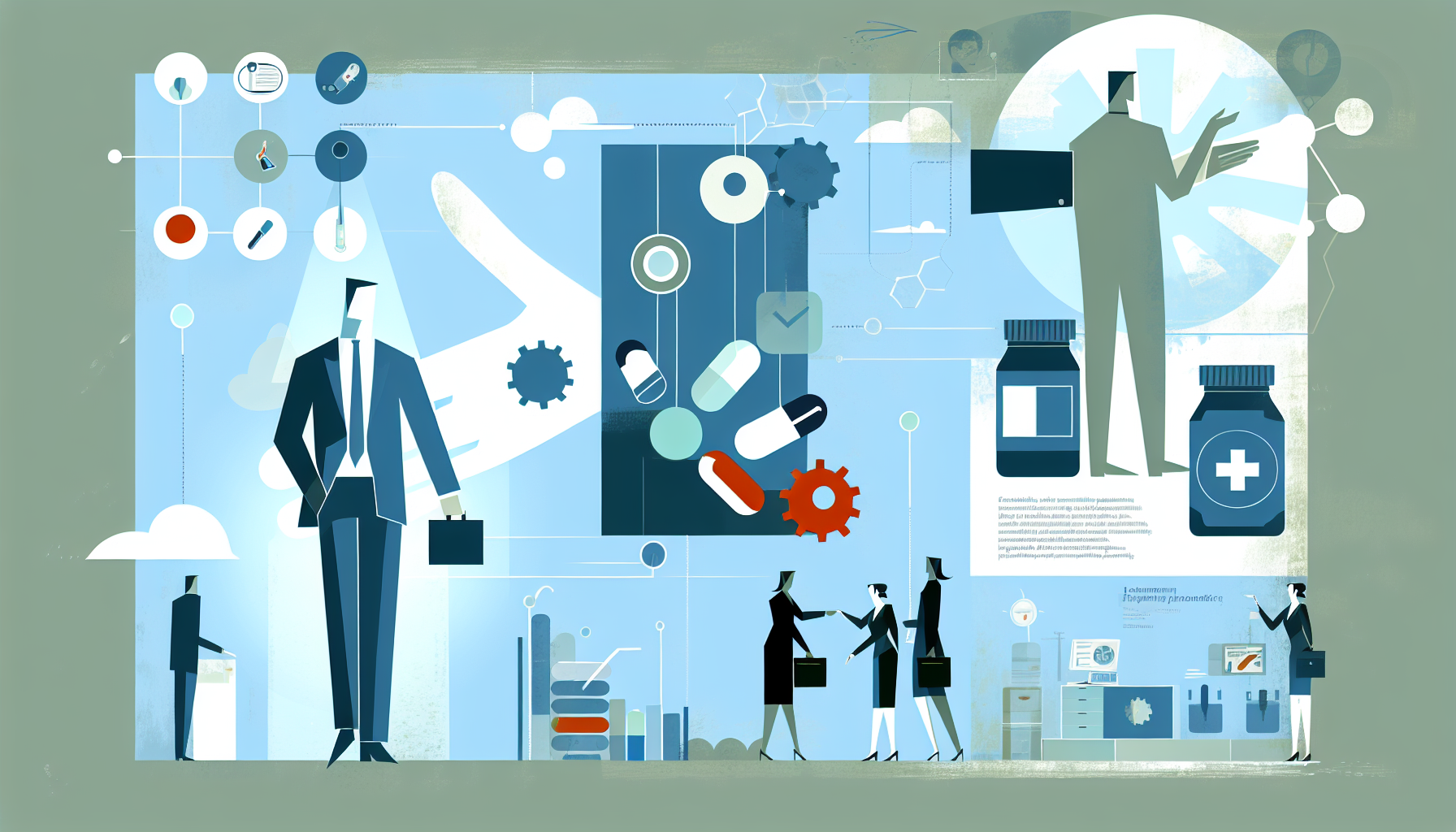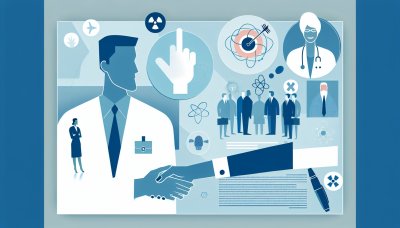Pharmacy Technician Safety: Navigating the Hazards of Hazardous Drugs

What If You Could Handle Hazardous Drugs Without Fear?
Picture this: You’re behind the counter, managing prescriptions, when a medication comes in that’s marked as hazardous. You glance at the warning labels and feel that familiar twinge of anxiety. What if something goes wrong? What if you accidentally expose yourself or a colleague to something dangerous? Isn’t it unsettling to think that such risks lurk right in your workspace?
Here’s the thing: as pharmacy technicians, you carry a crucial responsibility. Not only are you ensuring patients receive their medications accurately, but you also must navigate the complexities of handling hazardous drugs safely. It may feel overwhelming at times, but with the right knowledge and practices, you can mitigate those risks and focus on what you do best.
Understanding Hazardous Drugs
Let’s start with the basics. Hazardous drugs are those that can cause harm to patients, healthcare workers, and the environment. These can include chemotherapy agents, certain antivirals, hormones, and more. According to the National Institute for Occupational Safety and Health (NIOSH), there are specific criteria that classify a drug as hazardous, which can vary from its toxicity to its reproductive risks.
In my experience, it often helps to visualize these drugs in your everyday workflow. Imagine you're preparing a chemotherapy agent for a patient. The pressure’s on; you want everything to be perfect. But wait, there’s more to it than just getting the dosage right. You also need to consider the personal protective equipment (PPE) required during preparation and administration, the proper disposal protocols, and the spill management procedures.
The Importance of Personal Protective Equipment (PPE)
Now, you might be thinking, “Why do I need to gear up if I’m just handling a pill bottle?” Well, think about it this way: Would you jump into a pool without a life vest if you knew there might be sharks lurking below? In the pharmacy, that vest is your PPE.
Here’s a rundown of essential PPE:
- Gloves: Use nitrile gloves when handling hazardous drugs. They provide better protection than latex and prevent absorption.
- Gowns: Wear disposable gowns that are resistant to contamination, especially when preparing or administering drugs.
- Face Shields or Goggles: Protect your eyes and face from splashes, especially when dealing with liquids.
But wait, there’s more to it... You should also ensure that your PPE fits properly! Ill-fitting gear can compromise safety, so take a moment to verify that everything is snug and secure.
Creating a Culture of Safety
Implementing safety protocols isn't just about checking boxes; it’s about fostering a culture of awareness and accountability. Think of it as a team sport. You wouldn’t play soccer alone, right? Everyone on your team needs to know the rules and be committed to doing their part.
Consider a scenario from a pharmacy I once observed. A technician noticed a colleague not wearing the appropriate gloves while handling a hazardous drug. Instead of ignoring it, they gently reminded them about the safety protocols. This simple act of caring not only reinforced safety but also helped build trust among the team.
So, how can you contribute to this culture? Start by sharing your knowledge. Organize regular safety briefings where everyone can discuss experiences and safety challenges. In my experience, it’s amazing how much people are willing to share when they feel safe doing so.
Training and Continuous Education
We can't overlook the importance of ongoing training. Sure, you may have gone through orientation, but new drugs and protocols emerge all the time. That’s why it’s crucial to stay updated. But here’s the twist: training shouldn’t feel like a chore. Make it engaging! Use role-playing scenarios to practice safety measures in a fun way.
For instance, consider a “safety drill” where everyone pretends to handle a spill. This not only prepares you for real-life situations but also breaks up the monotony of the daily grind.
A Surprising Insight: Risk Isn’t Always Obvious
On the flip side, let’s talk about something that might surprise you. Sometimes, the most significant risks aren’t the hazardous drugs themselves but the complacency that creeps in over time. I've seen seasoned technicians who become so accustomed to their routines that they neglect to adhere to safety protocols. It’s a subtle but dangerous shift.
So, how do you combat complacency? Remind yourself of the 'why.' Keep the conversation going about safety, share personal experiences, and reflect on the potential consequences of neglecting these practices.
Final Thoughts
Handling hazardous drugs doesn’t have to be a fear-inducing task. With the right safety measures, training, and a supportive culture, you can thrive in your role as a pharmacy technician while ensuring your safety and that of your colleagues. So, the next time you find yourself face-to-face with a hazardous drug, remember: you’ve got the knowledge and tools to handle it with confidence.
What’s your experience with handling hazardous drugs? Have you encountered any unexpected challenges or insights? Let’s keep this conversation going!
Tags:
Blog System
Content Author


